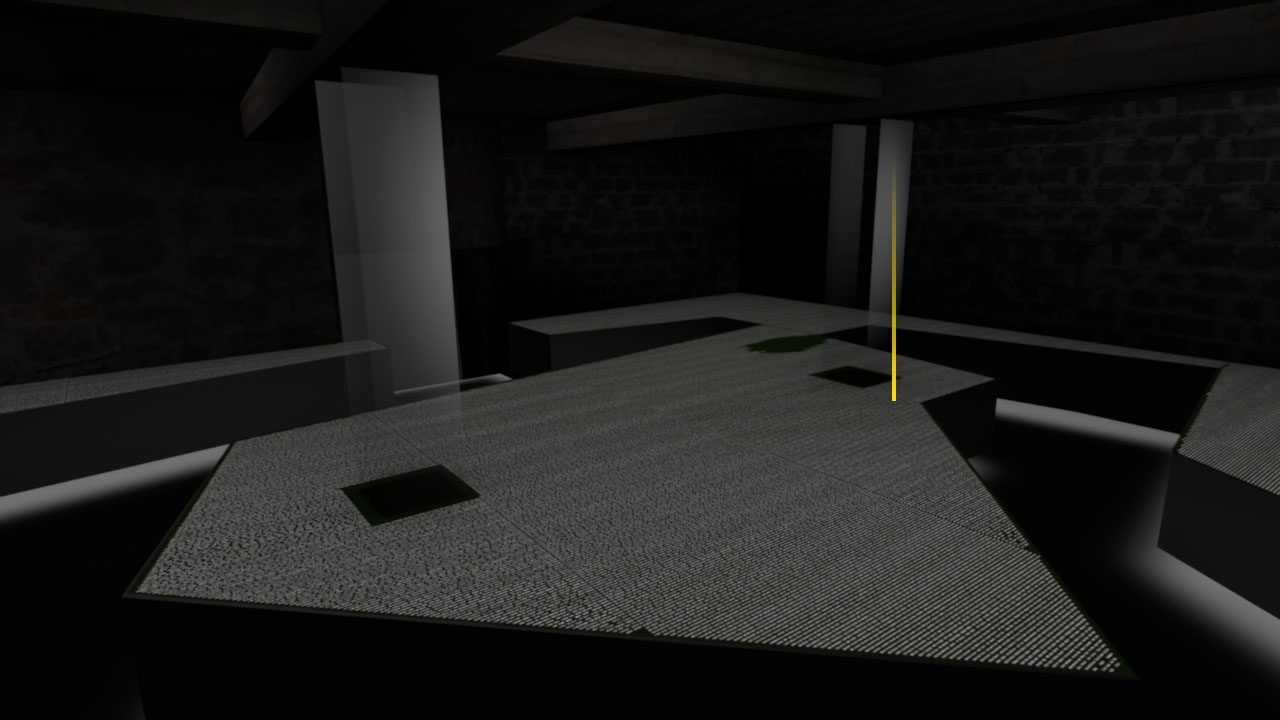Kurt Holger Schmahl 1910 - 1945
Born 18.1.1910 in Kopenhagen
Died 8.4.1945 in Mauthausen
Biography
In June 1933 the 23-year-old Kurt Holger Schmahl, a resident of 57 Isestraße in Hamburg, wrote to the president of the Lower Elbe State Financial Authority requesting that 35,000 Reichsmarks (RM) be released from his estate. He was planning to invest in a wholesale textile business in the Saarland, having lost his job as an employee of the Simon Hirschland banking house in 1932 and now finding himself working for his stepfather’s export company. In the letter he wrote:
‘Unfortunately the business [of his stepfather – S.B.] has been doing so poorly for so long that I not only have to provide for my own living but must also support my parents… I therefore ask that my request be viewed as kindly as possible because after a long search I have finally found a means of existence which will allow me to attend to my responsibilities at home.’[1]
Like his father and his two grandfathers before him, Kurt Holger Schmahl was a businessman. After attending the Bertram School, a private pre-school for boys, he was a pupil at the Heinrich-Hertz Secondary School. His fortune, which amounted to 40,410 RM at the time of the aforementioned request, had been left to him by his father. Alfred Schmahl, born in 1879 in Hamburg, moved to Copenhagen at the latest in 1899. He was married to Clara Baer from Strasbourg. On 18 January 1910, Kurt Holger was born in Copenhagen.
In December 1913 the family moved to Hamburg, where from 1915 the company Alfred Schmahl Werkzeugmaschinen was listed in the Hamburg directory. Alfred Schmahl fought as a soldier in the First World War and died in 1916 in a French field hospital from wounds sustained during the battle of the Somme. The Kaiser posthumously awarded him the ‘Royal Prussian Iron Cross 2nd Class’, and the Hanseatic city of Hamburg decorated him with the Hanseatic Cross.
Since Kurt Holger was still a child, it appears his mother continued to run the business. At least, she was listed as the owner in the Hamburg directory until 1919. In 1922 she married the businessman Iwan, known as Hans Hess, who also had a son from his first marriage. Along with a stepfather, Kurt Holger now had a stepbrother eleven years his senior. Hans Hess was the owner of the export firm J. de Lemos & Hess, ‘previously one of the most important import-export businesses in Hamburg’.[2]
Since the planned investment in the textile firm never took place and ‘commercial employment in the Reich as a non-Aryan was not possible’ for him, in January 1934 Kurt Holger Schmahl, after having overcome all bureaucratic obstacles, emigrated to the Netherlands, where he set up an agency of the Leuen-Öl-Gesellschaft Armin Funk und Co., a Hamburg company that traded in refined and processed oil. He named his company Amoline Olie Maatschappij. The young man spent a good part of his fortune on taking barrels and canisters, laboratory instruments and an office set up with him. In order to save costs he sold his Chrysler and bought a smaller car. It is not possible to tell whether he was commercially successful from the available documents. A note, dated January 1936, states that the Hamburg Mineralölwerke Albrecht & Co. would no longer be supplying the Amoline company. A short time later he was no longer able to pay the premiums on his mother’s life insurance, a responsibility that he had taken over from his stepfather in summer 1933 in order to ease his financial strain.
Despite his difficult situation he continued to send money to his mother. Regular gifts are documented for the period April 1936 to September 1938.
In April 1939 Hans Hess’ company was liquidated. At the end of August he and his wife were able to emigrate to join her son in the Netherlands. However, their life together in Amsterdam did not last long. Clara Hess died in September 1942. Her husband was interned in the Westerbork transit camp in 1943 and, on 27 April 1943, was deported to Sobibor and murdered. Kurt Holger Schmahl was taken prisoner by the police in January 1944. After a few days in Westerbork he had to embark on the journey to Auschwitz. There he is registered from 16 February to 8 March in the Monowitz infirmary. One year later, on 24 February 1945, he was listed among the ‘new arrivals’ at the Mauthausen concentration camp. He died on 8 April 1945, just 35 years old. A Stolperstein memorial plaque in the pavement outside the house at 57 Isestraße commemorates his life.
Sabine Brunotte
Sources:
Bundesarchiv, Gedenkbuch – Opfer der Verfolgung der Juden unter der nationalsozialistischen Gewaltherrschaft in Deutschland 1933–1945 [Memorial Book – Victims of the Persecution of the Jews under National Socialist Tyranny in Germany 1933–1945], online edition, accessed on 4.11.2014.
www.joodsmonument.nl, accessed on 4.11.2014.
Staatsarchiv Hamburg (StaH) 522-1, Jüdische Gemeinden, 992 b, Kultussteuerkartei der Deutsch-Israelitischen Gemeinde Hamburg [Community tax card index of the German-Israelite Community of Hamburg]; StaH 314-15 OFP F 2183; StaH 362-2/19 24 Bd.1; StaH 332-5 13088; StaH 332-5 8765; StaH 332-5 8939.
Correspondence from the Jewish Museum Copenhagen, email dated 10.11.2014.
Correspondence from the United States Holocaust Memorial Museum (USHMM), email dated 13.11.2014.
Correspondence from the Westerbork Memorial, email dated 17.11.2014.
http://agora.sub.uni-hamburg.de, Hamburg Directories 1915 to 1922, accessed on 18.11.2014.
Correspondence from the Mauthausen Memorial, email dated 1.12.2014.
Correspondence from the Service des Archives Strasbourg, email dated 3.12.2014.
References:
Johannes Grossmann: Iwan gen. Hans Hess, http://www.stolpersteine-hamburg.de/index.php?MAIN_ID=7&BIO_ID=1758, accessed on 1.12.2014.
[1] Staatsarchiv Hamburg (StaH) 314-15 OFP 2183.
[2] Johannes Grossmann: Iwan Hess, http://www.stolpersteine-hamburg.de, accessed on 1.12.2014.
Location In room

